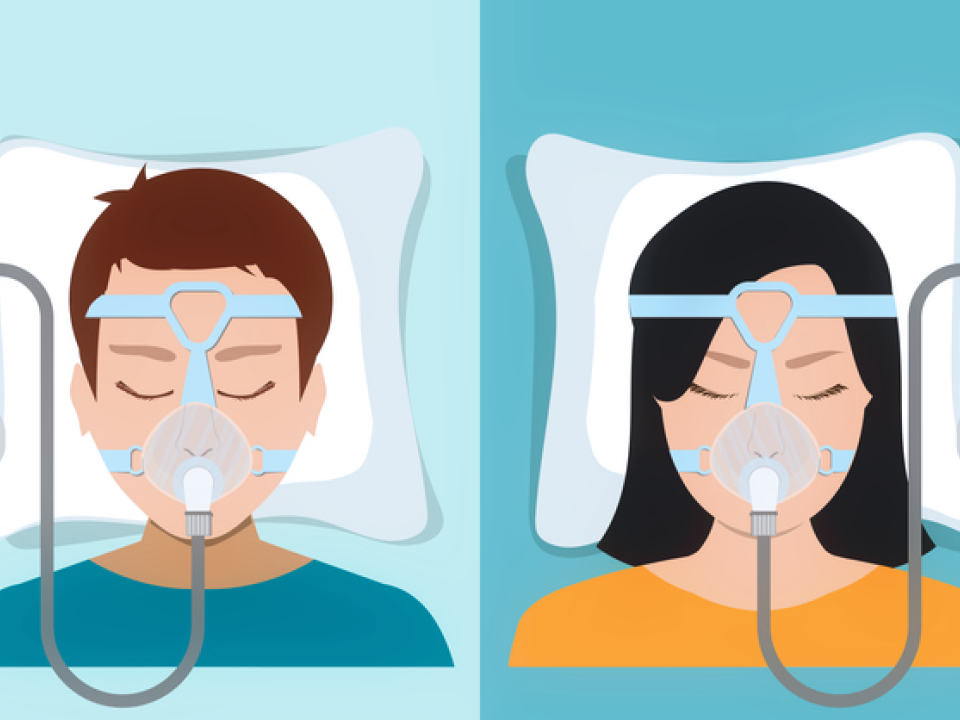
Hip pain is often thought of as an injury that only arises in the later years of your life when your joints are old, and arthritis is to blame. While that is true in some cases, hip pain can happen for a variety of reasons, at various ages.
The good news? There are many ways to solve hip injuries.
Dr. Mia Hagen, who sees patients at the Sports Medicine Center at Husky Stadium and Dr. David Fitz, who practices at the Hip and Knee Center at Meridian Pavilion, outline four common causes of hip pain and discuss treatment options for each.
Hip impingement
One of the most common causes of hip pain in young adults is hip impingement.
“Hip impingement has to do with the joint and bones not fitting together quite right,” says Hagen.
When the bones don’t fit together quite right, it can tear the labrum, which is the cartilage that surrounds the hip socket. A damaged labrum doesn’t always cause pain though — and it is more common than you may think.
“As we get older, we all get labral tears,” says Hagen. “It’s a normal part of the aging process of the hip. And not everybody has pain associated with this.”
If you are experiencing pain from a labral tear, Hagen recommends physical therapy exercises that focus on your core strength and strengthen the muscles in your glutes and hamstrings.
“The first thing to try is physical therapy,” says Hagen. “Our hips and our back are very aligned. Getting our core strong can offset pressure on the hip joints and help our body move in a more optimized way.”
Cortisone injections can also help minimize pain. If all else fails, surgery can be used on a case-by-case basis as a last-resort solution.
“Not everybody with a labral tear should get surgery. It’s a very individualized process,” says Hagen. “One surgical option is hip arthroscopy. We use a probe to identify the labral tear and examine other structures in the hip. The goal is to secure the labrum, and we totally re-sculpt the hip to avoid impingement.”
This minimally invasive surgery — which is done through two small poke holes in the skin — takes around six months to a year to recover from.
“It takes a long time to build back the muscle lost from the injury,” explains Hagen.
After slowly regaining your strength, the odds are in your favor for getting back to moving pain free: Hagen notes that more than 85% of patients are able to return to the sport they did prior to their hip pain.
Hip bursitis
Hip bursitis is inflammation of the bursa located on the outer hip, known as the trochanter.
“The trochanter is that hard piece of bone you can feel on the side of you when you push in. You have muscles that line that area, which can get inflamed from repetitive use,” explains Fitz. “Bursae are small, fluid-filled sacks that line all of our joints. What happens with bursitis is that fluid-filled area can get inflamed.”
This common hip injury is often caused by overuse from repetitive motions such as running or cycling. The good news is that it’s very treatable without surgery.
“With bursitis, topical medications can be of benefit because it’s close to the skin,” says Fitz. “Anti-inflammatory medication can help. And if all of these things fail, injections can be tried in that area as well. These treatments should be used along with physical therapy.”
Fitz and Hagen recommend exercises cited by the American Academy of Orthopedic Surgeons that strengthen the muscles around your hips: your glutes, quads, hamstrings and core.
“The goal with physical therapy is to unpack muscle imbalances so that your hip hurts less,” says Hagen. “The exercises that I find to be the most helpful are those that are core stability exercises: planks and side planks — static holds.”
Hip dysplasia
Hip dysplasia happens when the hip socket doesn’t fully cover the ball of the hip. This can cause uneven wearing of the hip joint as well as partial or complete hip dislocation.
“Hip dysplasia is where the socket is a little too shallow,” says Hagen.
This structural deformity, like hip impingement, can cause pain. The most effective way to stop hip pain caused by dysplasia in adults is hip preservation surgery.
“With hip preservation surgery, we cut and realign the socket,” explains Hagen.
Realigning the joint allows the hip ball and socket to be in a better position to bear weight and move pain-free.
Hip arthritis
“Arthritis is degeneration of the smooth lining, like wearing the tread on tires,” explains Fitz.
That smooth lining — called cartilage — can be worn out due to several factors: trauma (for instance, a broken hip), certain medications, rheumatoid arthritis, inflammatory arthritis or simply old age.
“There is also a genetic component,” says Fitz. “If you don’t have the most optimized structure, the cartilage will wear out a little faster. High impact sports and labor can also cause your cartilage to degrade faster.”
Whatever the cause, hip arthritis can be painful and limit your mobility. If you feel like your hip pain is still holding you back after doing physical therapy and injections, it might be time to think about surgery.
“Our most common procedure is called a total hip replacement,” says Fitz.
Here’s how it works: The ball of the hip is removed and the socket is shaped to fit a metal “cup” which will hold the new ball of the hip. Then, a stem is attached to the leg in place of the former ball, which fits into the new hip socket.
If this sounds like a fairly major surgery, that’s because it is. But it’s also quite common and effective.
“Studies routinely show 90-95% excellent or good outcomes,” says Fitz. “Plus, survivorship of the total hip replacement may last up to 30 to 35 years if done well.”
The bottom line
Hip pain can be frustrating to live with and to diagnose — but there are effective treatment options out there.
Start with strengthening exercises recommended by a physical therapist. Your doctor may also recommend nonsteroidal anti-inflammatory drugs, such as ibuprofen, or cortisone injections.
If you’ve exhausted nonsurgical treatment options and are still suffering from hip pain, there are effective surgeries out there.
“For hip pain in general, surgery should be the last option,” says Hagen.
But if it’s so severe that it’s impacting your quality of life, surgery could be an effective, long-lasting solution to help you get moving pain-free again.

 Healthy ideas for your inbox
Healthy ideas for your inbox





